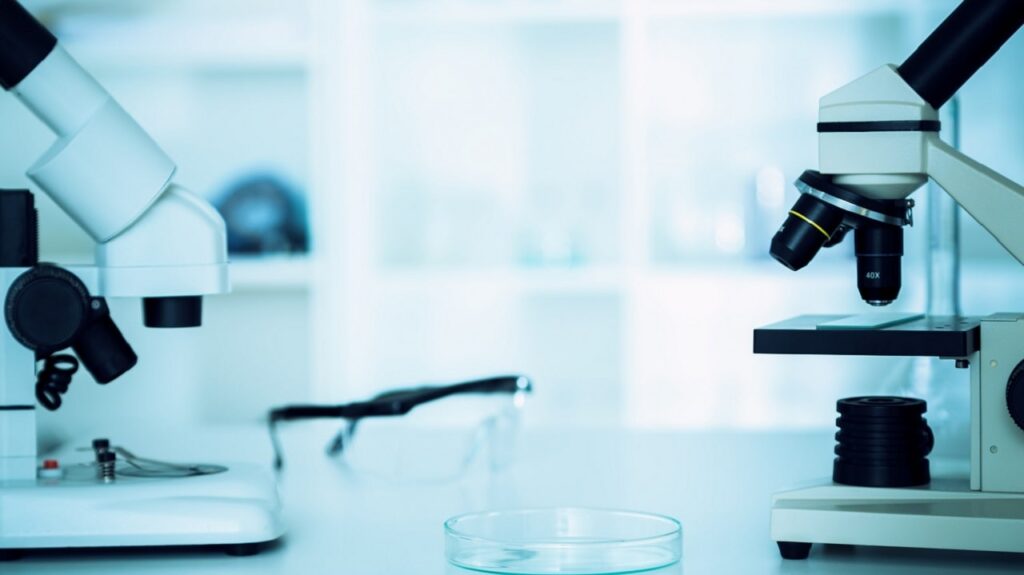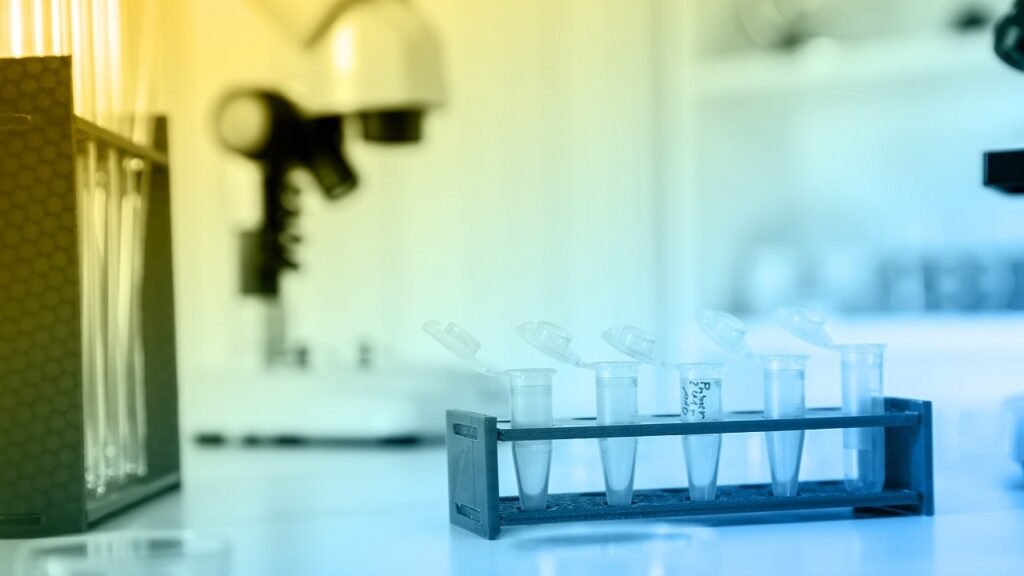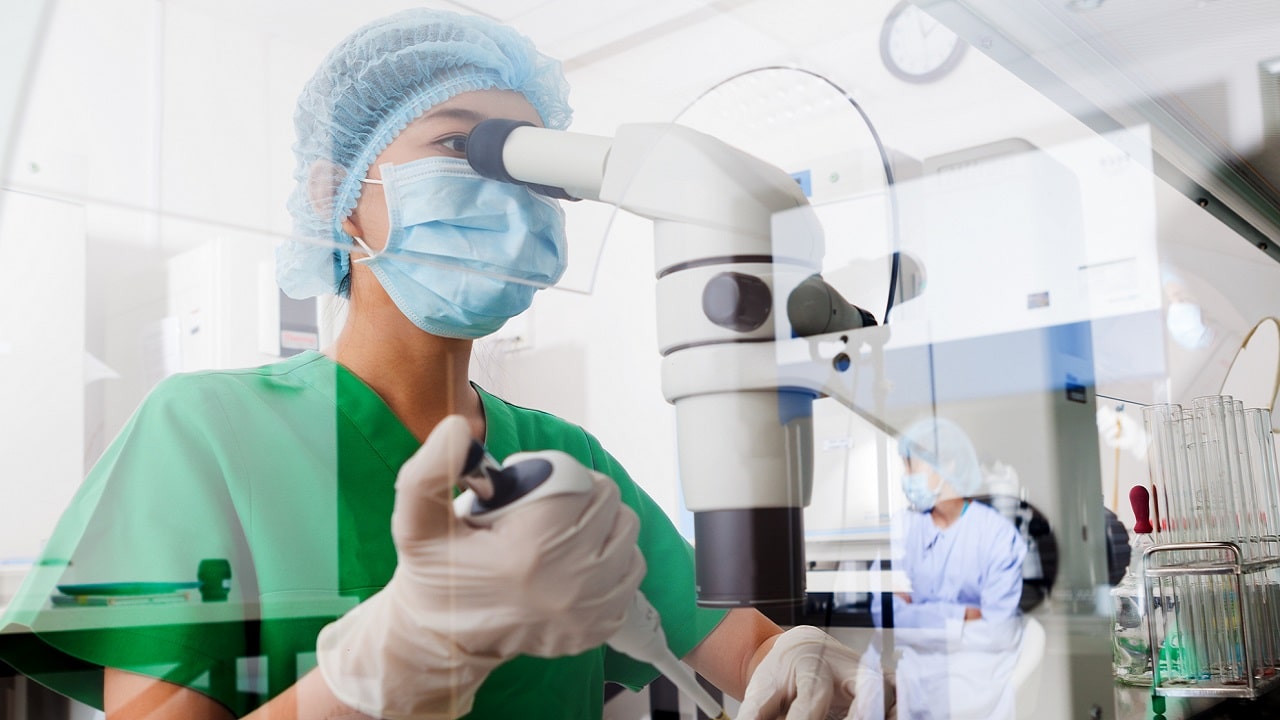The history of medicine fight against cancer may have taken a significant step forward with the announcement of promising results of the drug “AOH1996“, a pill that would seem capable of stopping the growth of tumors. This new therapeutic agent, successfully tested on different cancer cells in the laboratory, it raised the enthusiasm of the medical and scientific community. But the road to what someone has already (too soon) called the “pill against all types of cancer” is still long and complicated.
AOH1996, how the cancer pill works
The origins of the name of the drug “AOH1996”, as Maria Giovanna Faiella explains in the Corriere della Sera, evoke a moving meaning: the initials and year of birth of a child who lost his battle with cancer aged just 9 in 2005. This detail adds a touch of humanity to the research and reminds everyone why the fight against cancer is so crucial.
The results of the study, published by a group of oncologist researchers from the City Hope of Los Angeles in the journal Cell Chemical Biology, represent a major breakthrough in the search for new cancer treatments. The “AOH1996” molecule has passed rigorous laboratory tests over a broad spectrum of cancer cells, including those associated with breast, prostate, brain, ovarian, cervical, skin and lung cancers. The results indicate that the drug could be effective in block the growth of tumorsopening up new perspectives for the treatment of different types of cancer.
However, it is crucial to underline that, at the moment, these are still preclinical studies conducted on cellular and animal models. Human trials have just begun and will require further research and evaluation before firm conclusions can be drawn. Corriere della Sera reports the words of Nicola Normanno, director of the Translational Research Department of the IRCCS National Cancer Institute – Pascale Foundation of Naples, who emphasizes that although “AOH1996” is undoubtedly one of the promising therapies, it is premature to consider it an anti-cancer panacea.
How the new molecule works

The drug interacts with a proteina chiamata PCNA (Proliferating cell nuclear antigen), essential for DNA replication. Specifically, “AOH1996” acts on an isoform of this protein which is “specific cancer“. Interaction with this isoform interferes with DNA replication in cancer cells, leading to DNA breakage. And this leads toselective death of tumor cells. Being able to tailor the solution to different types of cancer makes this anti-cancer pill very flexible.
The pill could act both independently and in synergy with other treatments, such as chemotherapy. This represents a further area of study and experimentation that will require time and commitment from the scientific community.
It is important to highlight that the new molecule cannot be described as a “killer” of tumors, but it seems able to hinder growth of certain tumors in experimental systems. In any case, a huge result.
We move on to human experimentation
For some time now, American researchers have started the phase 1 study to test the molecule on human patients. According to reports, eight patients will take part in this phase. Involving the use of dincreasing doses of the drug until the maximum tolerated dose is reached. The main objective, therefore, at the moment is to evaluate the effectiveness. But understand the toxicity and therefore the safety of the drug in the human environment.

After Phase 1 concludes, the researchers will determine the dose to be used in Phase 2, where we will begin evaluating potential efficacy of the drug in patients. Only after this step the research teams compare the investigational drug with standard therapiesin Phase 3.
Phase 3 of the study evaluates drug efficacy on symptoms, quality of life, and survival. It also understands whether it offers advantages over existing drugs and examines the balance of risks and benefits. This process involves hundreds or even thousands of patients involved in the study.
In the event that the drug also successfully passes phase 3, it would be necessary for a pharmaceutical company to produce it. Subsequently, this company would have to apply for approval from the relevant regulatory authorities, such as the FDA in the United States, the EMA in Europe and the AIFA in Italy.
How long will it take?
According to what Normanno reports to Corriere della Sera, probably it will take at least ten years before the new drug can actually be available to patients. And only on the condition that it passes all phases of trials demonstrating efficacy and safety, and obtains approval from regulatory agencies.
Oncology has made great strides in recent years. But it becomes important not to create false expectations. Early diagnosis and treatments suggested by specialists remain the best chance for cancer patients.
Source
Corriere della Sera















Leave a Reply
View Comments